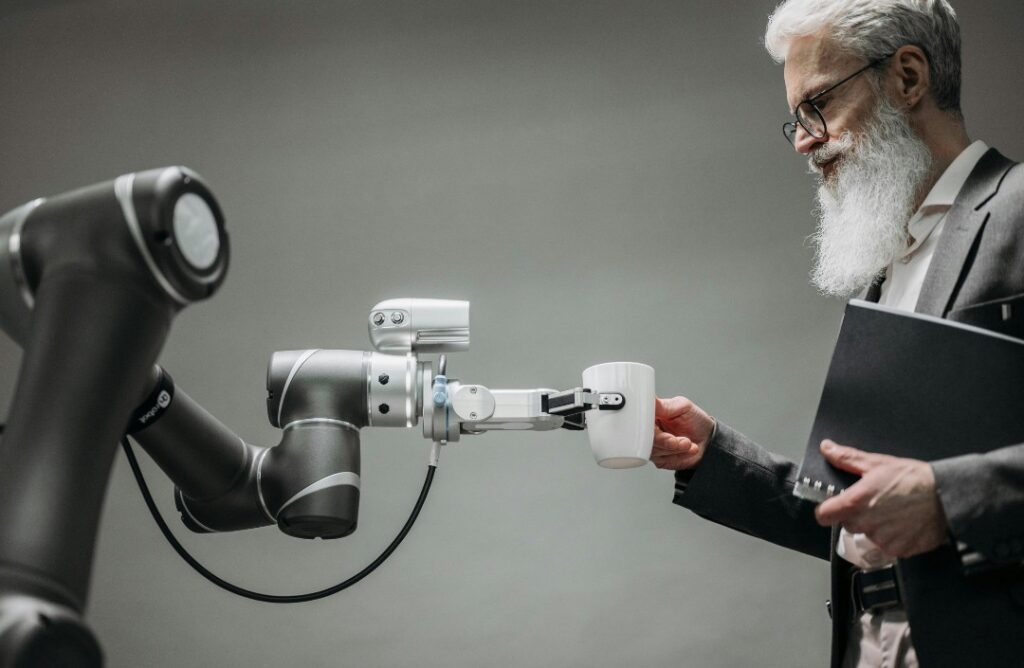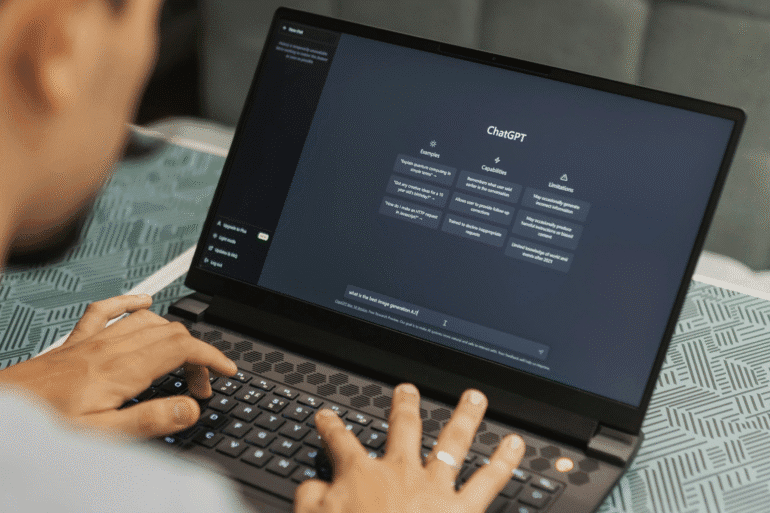The United States Federal Reserve says that the problem isn’t the technology itself—it’s getting businesses and individuals to adopt it.
Generative artificial intelligence (genAI) is everywhere now—from finance to healthcare, entertainment to customer service, and aspects of our daily lives like social media. GenAI is revolutionizing how things are done, but the question still remains, will it actually boost human productivity? The United States Federal Reserve says it will change the game, but at an “inherently slow” pace.
For the uninitiated, genAI is one of the many forms of artificial intelligence, such as Narrow AI, General AI, and Super AI that are all categorized based on how the system processes data. GenAI is the type that uses data to create entirely new content, like OpenAI’s ChatGPT that can write articles, answer questions, and engage in conversations; Github’s AI programmer Copilot; Adobe’s image generator called Firefly and Daigo Kusunoki’s AI music generator Soundraw.
In a paper published by the Fed Board of Governors in June 2025, researchers suggest that genAI is becoming a serious macroeconomic force that will revolutionize labor productivity, in the same way as electricity and the microscope. Electricity has been constantly changing how we live life, while the miscroscope has been opening up new avenues in scientific discovery, particularly in biology and medicine.
Related story: A closer look at how generative AI is really being used in 2025
Related story: AI model that appeared in ‘Vogue’ raises questions about beauty standards, industry practice
GenAI holds significant potential in boosting the productivity of businesses and individuals alike. The Fed’s paper titled Generative AI at the Crossroads: Light Bulb, Dynamo, or Microscope? states that genAI is unlike the light bulb which initially enhanced human productivity by providing workers with light even at night. After the technology was adapted widely, though, it stopped providing additional value to workforce productivity. “In contrast, two types of technologies stand out as having longer-lived effects on productivity growth,” the researchers wrote, adding that genAI has the characteristics of both.



The first are “general-purpose technologies” that boost our productivity with the development of related innovations and continue to improve on themselves even after widespread adoption. One example is the electric computer. “New products that followed the development of the (electronic) computer include office productivity software, ATM machines, and the routing equipment that directs traffic around the internet,” the paper reads. Then there’s the electric dynamo, the first practical electric generator, which led to the development of “the less centralized factory design” adopted by firms.
Like the electric computer and dynamo, generative AI is rapidly growing, providing us with further innovations that streamline and enhance work processes. This includes OpenAI’s LegalGPT, which writes legal documents, such as contracts, agreements, or pleadings, to help users save time on drafting them. Microsoft also has its AI companion, Copilot, which increases office productivity by summarizing documents, creating content, and analyzing data, all within the context of the user’s work.
Related story: 14% of Filipino workforce at risk of losing their jobs to AI. Here’s how to protect your career
Related story: Is ChatGPT making our brains lazy?
The second type of technology is the “inventions of methods of invention,” which includes the microscope or the printing press. The former continues to increase productivity by enabling research and development projects, while the latter produce printed materials, such as books, enabling increased literacy, the spread of knowledge, and the rise of new ideas worldwide.
Researchers said that genAI fits the bill, helping us understand the nature of the universe, in drug discoveries and more. And since 2023, companies have been using AI for research and development needed from corporate earnings call to sales pitches.
AI is highly useful, but will experience slow adoption



Now here’s the catch. GenAI may have the power to ramp up task completion, create more efficient workflows, develop related innovations, plus improve the global economy, but that doesn’t mean it will boost human productivity in an instant. Researchers at the Fed say that the problem isn’t the tech itself—it’s getting businesses and individuals to actually use it.
While a numbder of industries like tech, finance, and healthcare have begun adopting it, most companies outside these sectors haven’t invested in it and infused it into their daily operations. Surveys also show that AI adoption is far higher in large firms than small ones, according to a report by tech platform Gizmodo.
And although genAI is proven to enhance our productivity, the impact on the global workforce is expected to be “inherently slow.” Substantial amount of time, money, and supporting tech, such as robotics and user interface, are needed for it to be useful across the economy. The Fed compared it to big tech changes like computing, which started large but advancements “played out decades, damping the effect on productivity growth.”
Related story: Generation Beta or “Beta Babies” will never know a world without artificial intelligence
Related story: AI relationships: Yay or nay?
Other than that, building the infrastructure for massive AI systems that would cater to millions of simultaneous users is “fraught with risk,” according to The Fed. “Building to meet anticipated demand can lead to disastrous consequences,” it added, comparing the scenario to the development of railroad systems in the 1800s, which led to an economic depression by the end of the century.
Still and all, the Fed is confident that generative AI will boost human productivity at a large scale. The timeline for that boom, however, remains unknown.








